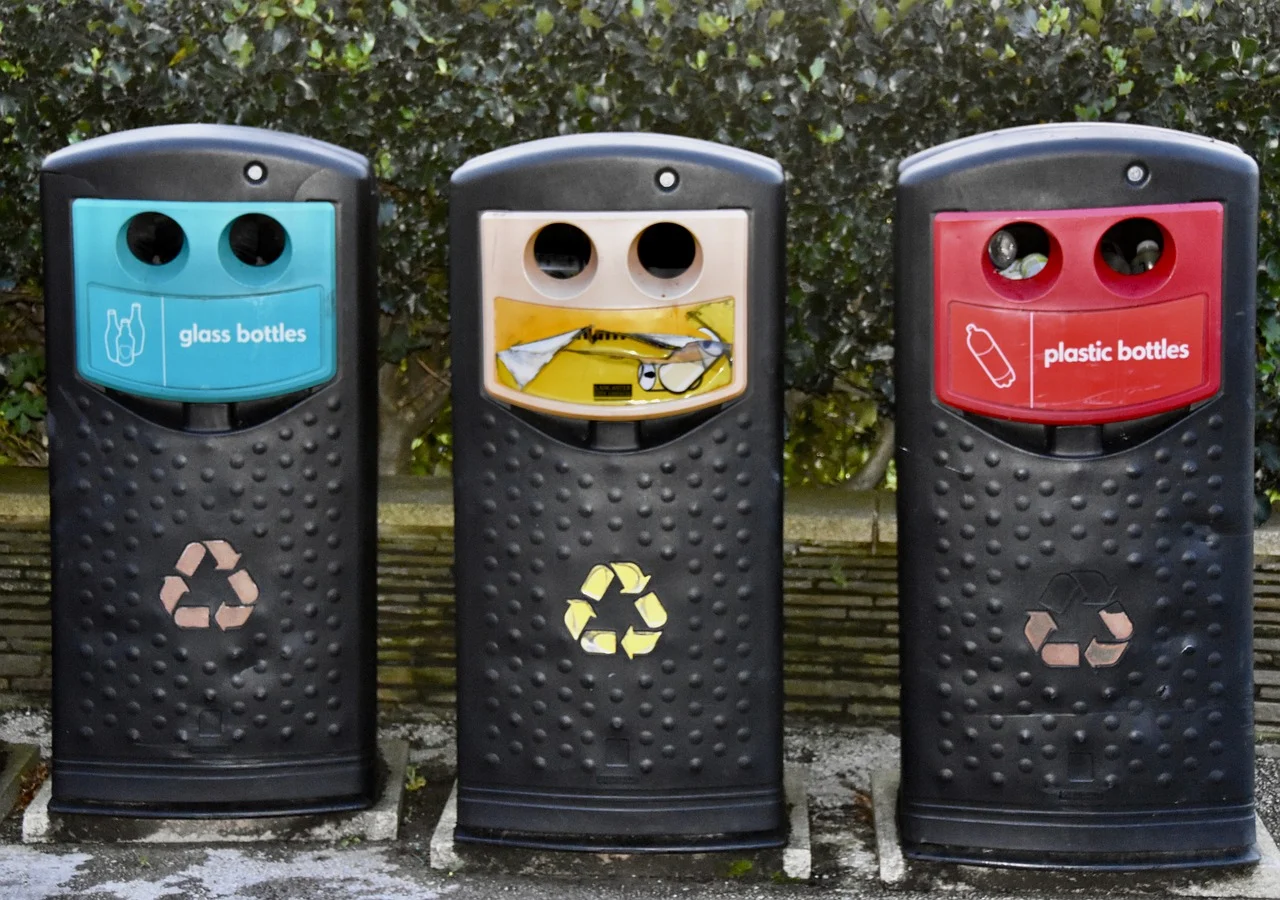A cluttered kitchen can be the result of balancing an incredible workload and not laziness nor neglect. However, a kitchen that remains cluttered or dirty is inexcusable. If your commercial kitchen is as busy as most kitchens, then you know that there’s little time during the workday to keep on top of it all. Properly managing garbage and waste disposal can be a big help when it comes to commercial kitchen cleanliness. Here are some waste disposal strategies to improve commercial kitchen cleanliness and efficiency.
Segregation is Key
One of the most effective strategies when it comes to commercial kitchen cleanliness is to separate or segregate your waste into specific categories. To start with, there’s organic waste which is made up of leftovers and food scraps. Recyclables like plastics, glass and metal should also be separated from the “general” garbage category. This segregation can also help to ensure you avoid cross-contamination.
A quick and easy way to facilitate this style of waste management is to place color-coded bins or trash cans in or around the kitchen area. This should help your kitchen staff to quickly identify which bins are for what waste. A little training in waste segregation can go a long way when it comes to keeping your commercial kitchen clean and organized.
Composting Organic Waste
These days more and more people are considering composting. It’s an environmentally friendly practice that helps to reduce landfill waste. This has a small but positive effect on other environmental issues such as minimizing greenhouse gas emissions and conserving water. You can choose to be either a proactive composter or partner with a local composting service. Another small perk is that your composting efforts would also lend credibility to your restaurant’s reputation as an environmentally aware business.
Get “Smart” About Waste Management
Every day it seems as though another “smart” tech solution pops up. From smart bulbs to smart plugs and beyond, our personal and professional lives are inundated with these handy applications. When it comes to commercial kitchen cleanliness, there’s literally an app for that.
Smart trash bins are now online and becoming all the rage. These bins are equipped with sensors and connectivity features that literally keep track of real time data when it comes to waste management. When properly installed a smart bin will track fill levels and even sort trash materials for you. It seems like an unimaginable technology, but every bit of our current day smart tech seemed that way at one time or another. Before long, smart bins will be the norm as they are able to more effectively optimize collection routes as well as improve recycling and composting efforts. Even the simple features such as motion and proximity sensors which allow the automatic opening and closing of trash lids will quickly spoil you and your commercial kitchen staff.
Consider Other Food Waste Reduction Ideas
Eating out is always a pleasure. Choosing your favorite prepared meal or daring for something new brings a smile to a customer’s face. However, sometimes it can be a bit overindulgent. As an example, some meals overfill a plate and that often leads to customers having their fill. Often, they take those leftovers home but there are also times when those remains are left behind.
When considering food waste reduction ideas, one thought is to possibly rethink the portion size of a menu item. This will help to reduce plate waste. Also, consider repurposing ingredients. For example, you can add vegetable peels to stocks or soups. It might seem a small thing but over time it can make a difference when it comes to waste disposal strategies.
Grease is the Word
Did you know that there are local companies near you that recycle used cooking oil into biodiesel fuel? That might offer an excellent solution for managing used grease and oils. Another idea is to always use grease traps. This will prevent oil from clogging your plumbing system and potentially contaminating your local water supply.
Don’t Be Afraid to Audit Yourself
It might seem an unusual idea but perhaps consider creating or implementing your own waste audit. By paying closer attention to the volume and even types of waste that your commercial kitchen generates every day, you will be able to consider appropriate waste disposal strategies for your kitchen staff. Your audit might also reveal ways in which you can optimize purchasing habits, reduce overproduction and improve on potential food or waste storage issues.
Stick to a Cleaning Routine
Of course, when it comes to commercial kitchen cleanliness, routine cleaning and sanitization is a must. You know how to properly sanitize cooking and prep areas in order to prevent cross-contamination issues. However, you might also want to prioritize a routine for cleaning and sanitizing your commercial kitchen waste areas. When you create a daily schedule for the deep cleaning of waste disposal areas you can more effectively understand and appreciate how to deal with the waste at hand. This would also be a big help when it comes to auditing your waste disposal needs.
These waste disposal strategies are designed to keep a kitchen from overwhelming a kitchen staff during peak service hours. If you are a food service employee or oversee a full kitchen staff, a food handling certification is one of the most effective ways of protecting the reputation of your business while ensuring commercial kitchen cleanliness.
Here at American Course Academy, our food handling training programs are remarkably affordable, state-approved and can be taken anywhere from a W-Fi-enabled device. We also offer training in both English and Spanish. In most cases, you can be certified with a downloadable, and printable, certification in less than a day. When you’re ready, explore our currently supported food-handler training courses and pick the one that applies to you.

